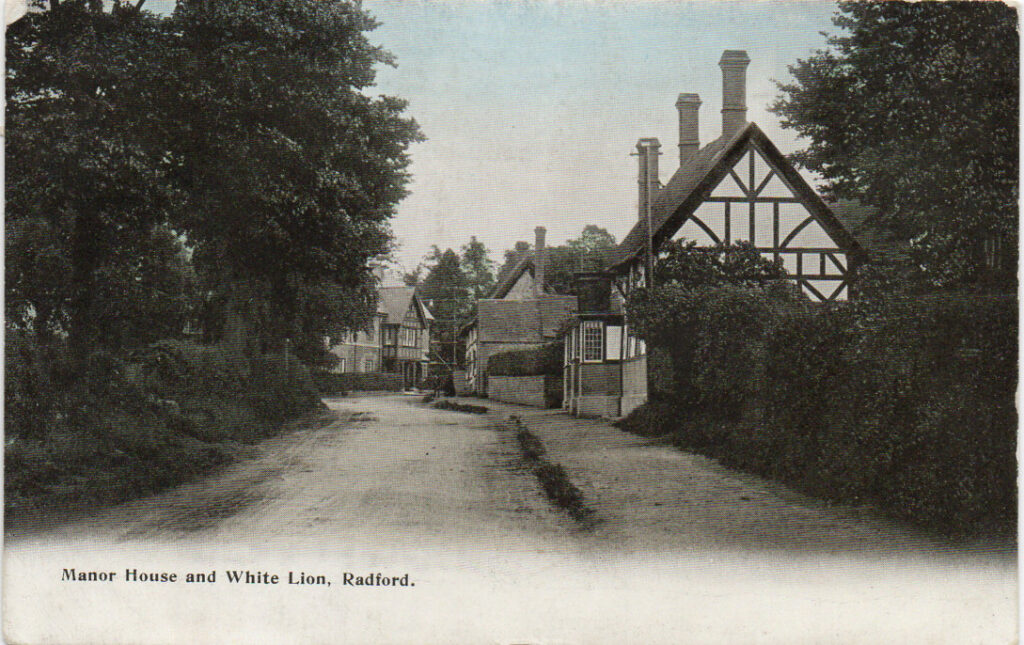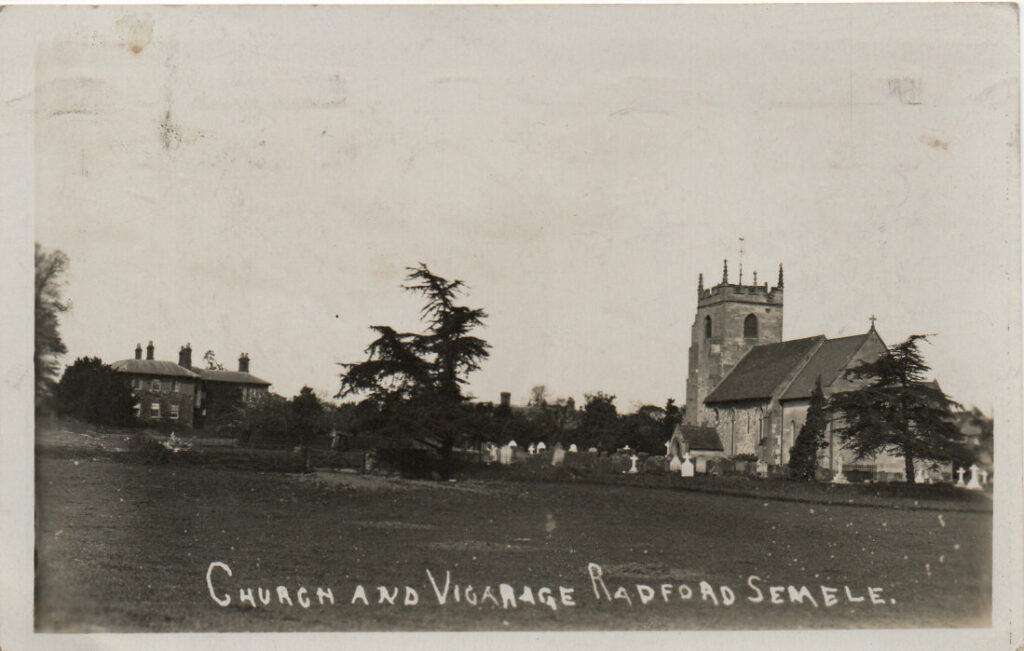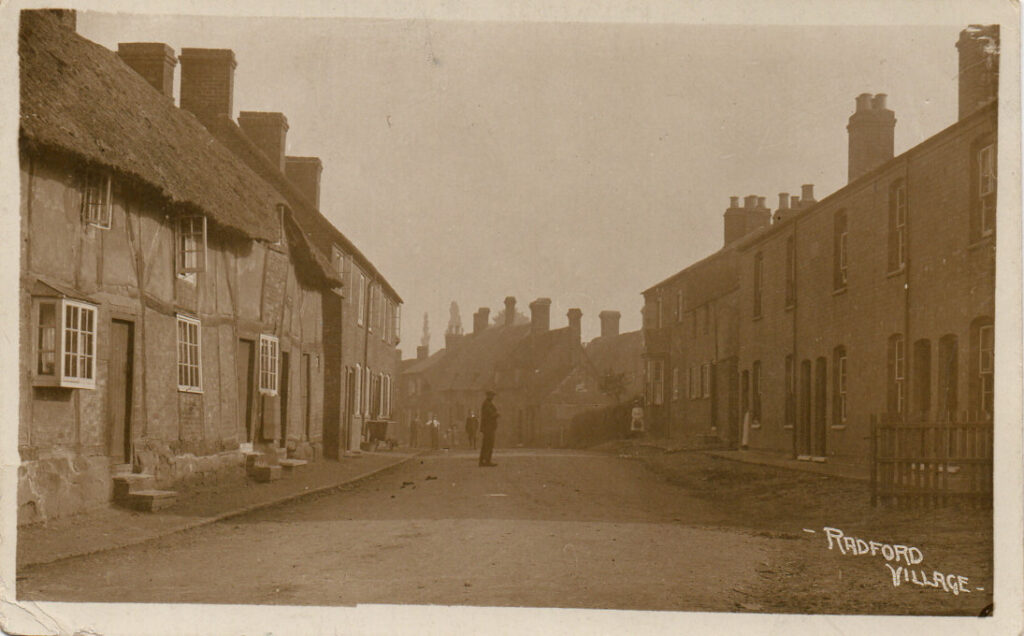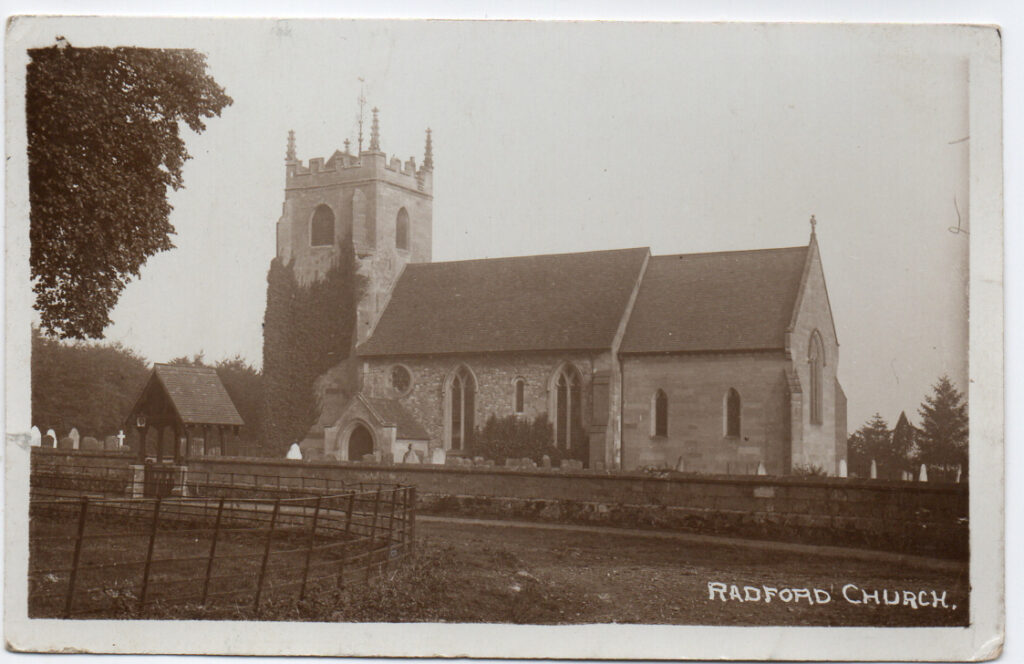The history and the life of the Warwickshire village of Radford Semele
Radford Semele, a picturesque village in Warwickshire with nearly a millennium of recorded
history has evolved from a small medieval settlement to a thriving community while preserving
It’s distinctive rural character. Located just east of Leamington Spa, this historic parish
demonstrates the rich tapestry of English village life through centuries of development, local
enterprise, and community cohesion.


Ancient Origins and Medieval Development
Radford Semele’s history extends far beyond its first written records, with archaeological
evidence suggesting human presence dating back millennia. Artefacts discovered in 1968,
including an axe and two flints dating back over 300,000 years, indicate ancient human activity
In the area, while Roman coins found in village gardens suggest habitation from approximately
300 AD.
The village first appears in formal records around 1050, described as a settlement between 200
and 500 acres with a mill. By the time of the Domesday Book in 1086, Radford had an
estimated population of 160 residents, including 35 named tenants. The name “Radford”
derives from “Red Ford” (referring to a crossing over the River Leam), while “Semele” was
added around 1120 when Henry de Simely, a Norman knight from Saint-Pierre-de-Semilly in
Normandy became the landowner.
The population remained remarkably stable throughout the medieval period. The Stoneleigh Hundred
Rolls’ survey of 1289 recorded 39 tenants, showing minimal demographic change over two
centuries. During this period, Kenilworth Abbey acquired most of Radford Semele’s lands
between 1279 and 1386, controlling them until the dissolution of the monasteries in the early 16th century,
when parcels were sold to various tenants.
Religious Heritage
The Parish Church of St. Nicholas stands as the oldest building in the village, with construction
spanning from 1100 to 1500, though an earlier church may have existed on the site
Only the original south wall remains from the earliest structure, as the church has undergone
numerous renovations and rebuilding over the centuries. Tragedy struck on Palm Sunday in
In 2008, when the church was destroyed in a deliberate fire, but the resilient community restored it.
Reopening the building in May 2013.
The village’s religious landscape expanded in 1874 with the construction of the Radford Semele
Baptist Church in the centre of the village. Before this, Baptist services were held in a thatched
cottage adjacent to the Crown Inn, previously occupying the church’s current site. Thomas
Thorne, then manager of Leamington Priors Bank, purchased the land, demolished the pub, and
laid the foundation stone himself. Built by “Gascoyne of Leamington” for £1,500, the church
showcased the finest craftsmanship and woodwork of the period.

